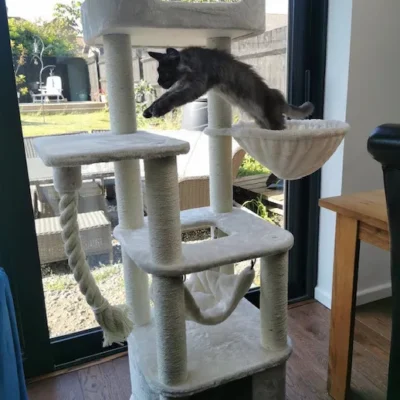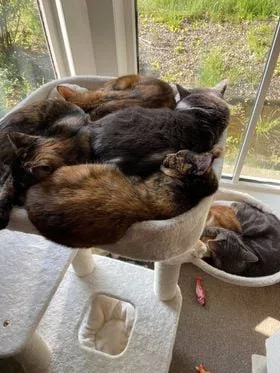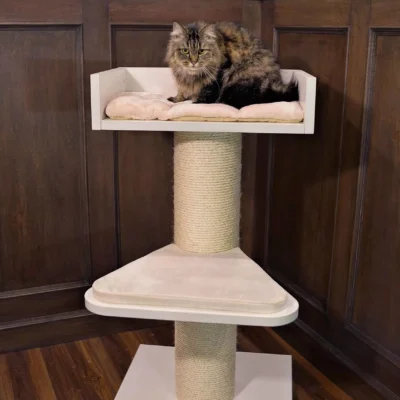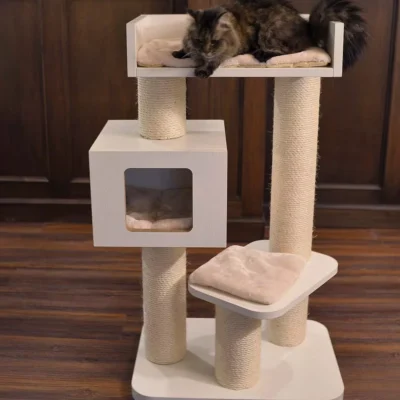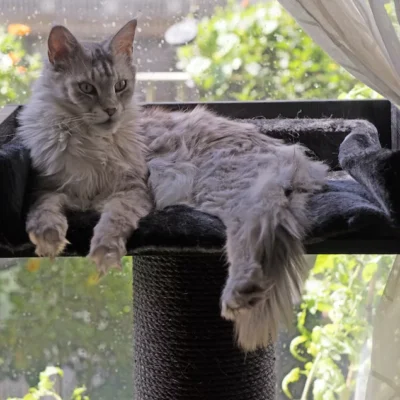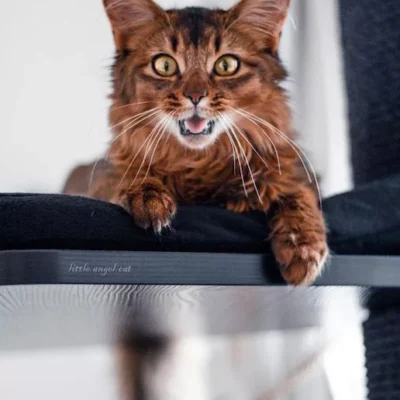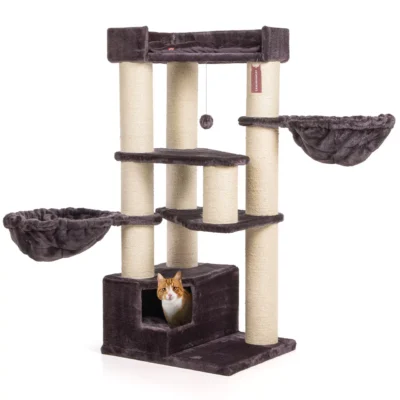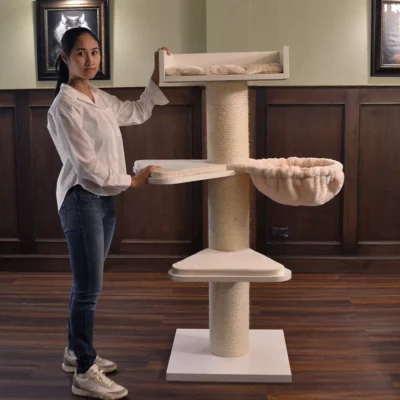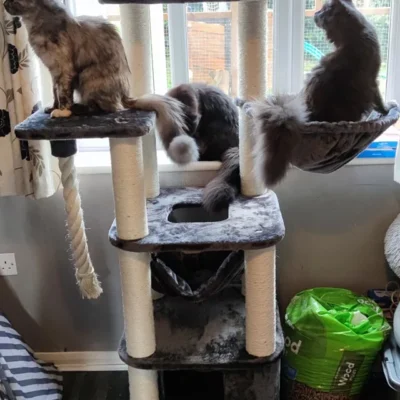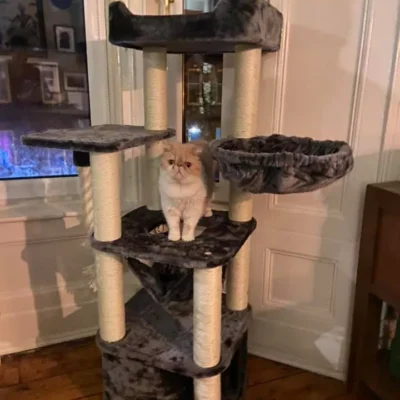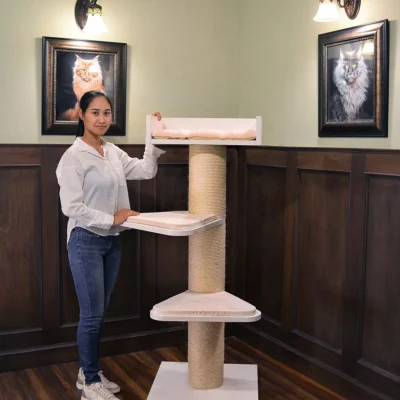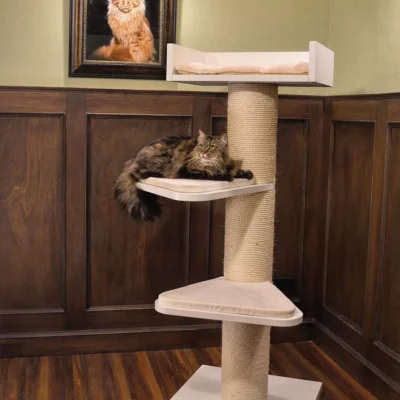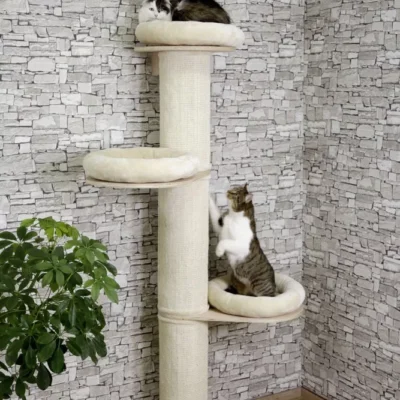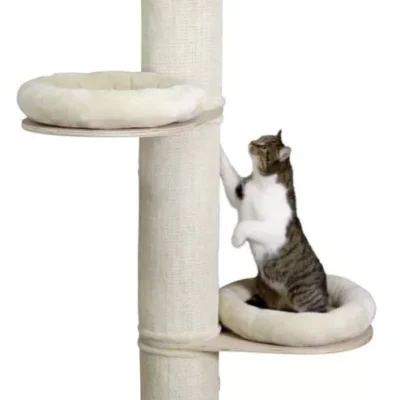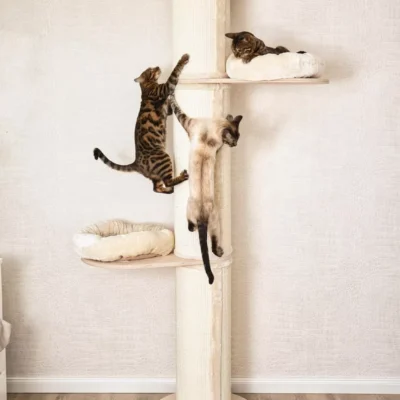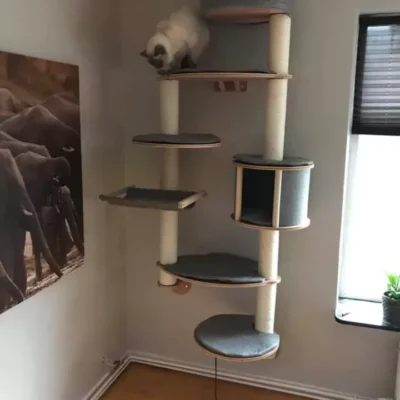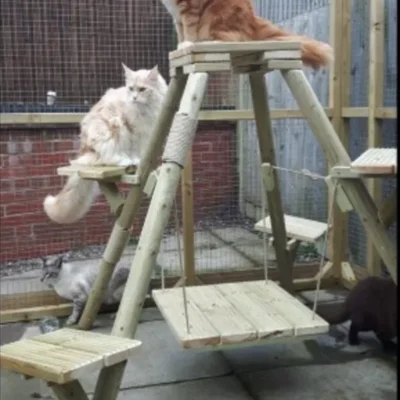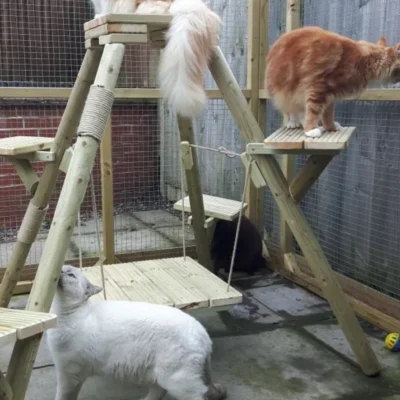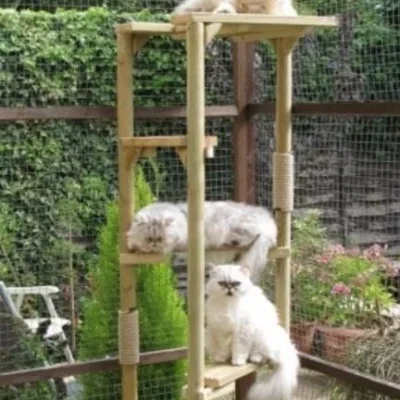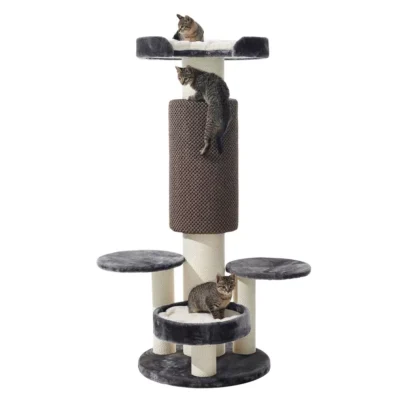0
The domestication of cats is a fascinating chapter in the history of human-animal relationships. Unlike many other domesticated animals, cats have retained a strikingly close resemblance to their wild ancestors, both in terms of appearance and behavior. This unique aspect of cat domestication has intrigued scientists and cat enthusiasts alike, leading to numerous studies and research.
Cats, known scientifically as Felis catus, were likely domesticated in the Near East around 9,000 years ago. The process was markedly different from that of other domestic animals like dogs or cattle. It is believed that cats self-domesticated by adapting to a life alongside human settlements, drawn by the ample food sources in the form of rodents that these settlements attracted.
Overview of Similarities between Domestic Cats and Wildcats
The physical and behavioral similarities between domestic cats and their wild counterparts are remarkable. In terms of appearance, domestic cats share many features with their wild relatives, such as body shape, coat patterns, and keen hunting instincts. These similarities are more pronounced when compared to the differences observed between wild and domestic forms of other species, like wolves and dogs.
Behaviorally, both domestic cats and wildcats exhibit a solitary and territorial nature, a trait not commonly seen in domestic animals. This inclination towards solitude is a significant carryover from their wild ancestors. Additionally, domestic cats, much like wildcats, have retained a high level of self-sufficiency and a natural propensity for hunting, despite centuries of domestication.
Genetic Links
The genetic relationship between domestic cats and wildcats is a subject of ongoing scientific inquiry. Studies have shown that the DNA of domestic cats is remarkably similar to that of their wild ancestors, the African wildcat (Felis silvestris lybica). This close genetic similarity is one of the reasons why domestic cats have retained many of the physical and behavioral characteristics of their wild counterparts.
Key studies in this area have used genetic analysis to trace the lineage of domestic cats. A landmark study published in the journal “Science” in 2007 revealed that all domestic cats are descended from a group of wildcats from the Near East, suggesting that domestication occurred in a relatively contained geographic area. This research also highlighted how domestic cats have undergone very few changes from their wild ancestors, genetically speaking. Unlike many other domesticated species, which have undergone significant genetic alterations through selective breeding, cats have remained largely unchanged, maintaining a strong genetic link to their wild roots.
In summary, the domestication of cats presents a unique case where the domesticated form retains a close resemblance to its wild ancestors, both physically and behaviorally. This is largely due to the minimal genetic divergence between domestic cats and wildcats, a fact that underscores the unique nature of cat domestication in the animal kingdom.





